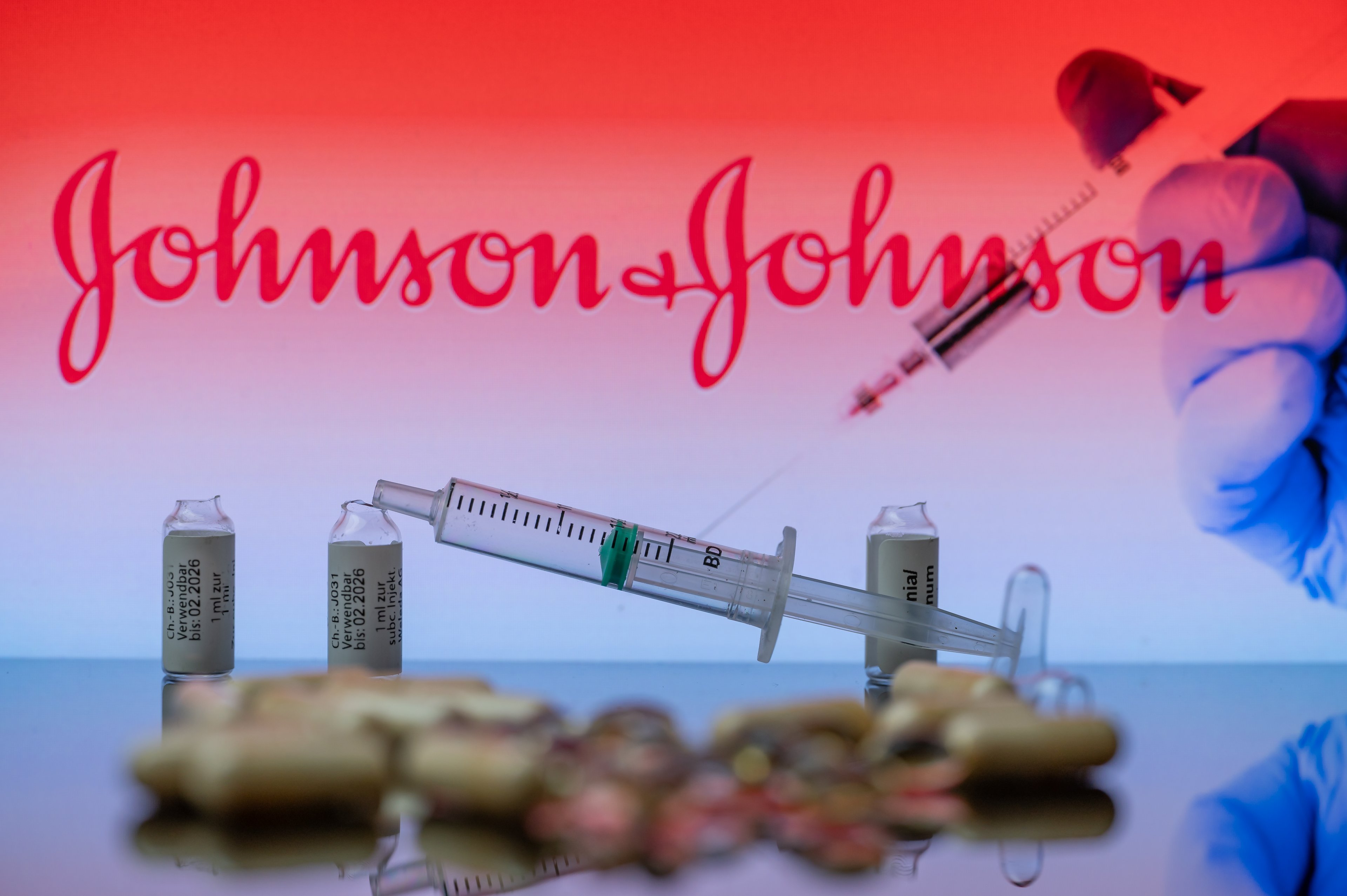Shares of Johnson & Johnson (JNJ +1.87%) have slipped around 10% since the beginning of December, and investors shopping for steady dividends are wondering if there could be a bargain here.
Johnson & Johnson isn't the only big pharmaceutical stock that offers an attractive dividend. AbbVie (ABBV +0.21%) has tumbled 16% since the beginning of December, and the stock currently offers a huge yield.
Both of these dividend-paying pharmaceutical stocks look tempting at recent prices. Let's peer a bit closer to find out which one can deliver the most profits to your pockets.
Check out the latest AbbVie and Johnson & Johnson earnings call transcripts.

Image source: Getty Images.
The case for Johnson & Johnson
Johnson & Johnson is more than just a leading pharmaceutical company. In fact, it's a giant conglomerate of more than 200 businesses, mostly spread throughout its medical devices and consumer goods divisions.
A diverse revenue stream is a key reason Johnson & Johnson has reported higher adjusted operating profits each year for 35 consecutive years. Steady growth has also allowed the company to raise its dividend for 56 straight years, and investors can expect this trend to continue for the long run.
In 2018, Johnson & Johnson's operations generated $18.6 billion in free cash flow, which was a modest 4.5% gain over the previous year. Over the past decade, J&J has handed around half of its profits right back to shareholders in the form of dividends and share buybacks.
Unfortunately, investors probably shouldn't expect a huge dividend boost in 2019, or 2020. Over the past year, Johnson & Johnson used 50.6% of its free cash flow to make dividend payments. That's already near the top of the company's comfort zone, and 2019 is expected to be a tough year.
Johnson & Johnson recently warned investors that pricing pressure for pharmaceuticals would limit total revenue growth to 1% at the top end of its guided range. Improved profit margins are expected to allow adjusted earnings per share to rise between 5.7% and 7.6% in 2019, and the next couple of payout bumps probably won't be any higher.
Johnson & Johnson's late-stage pipeline and recently expanded blockbusters could lead to some surprise gains. Tremfya, a psoriasis treatment that launched in 2017, finished 2018 on pace to achieve $1 billion in annual sales this year. That is, unless it's thwarted by risankizumab, a potential rival that AbbVie might launch before the end of the year.

Image source: Getty Images.
The case for AbbVie
AbbVie shares tanked recently because Humira, a drug responsible for 59% of total sales, started losing ground to biosimilar competition in October. Compared with a year earlier, international Humira sales fell 17.5% to $1.3 billion during the fourth quarter.
In the U.S., where Humira's protected through 2023, fourth-quarter sales of the anti-inflammatory injection rose 9.1% to $3.6 billion. With a bit of luck, AbbVie will be able to transition psoriasis patients currently on Humira to risankizumab soon. The experimental therapy is expected to earn FDA approval in the first half of the year, and during trials supporting the application, risankizumab outperformed Humira in a head-to-head study.
Risankizumab isn't the only reason investors aren't too worried about Humira anymore. Rheumatoid arthritis is the most common reason people receive regular Humira injections. In the second half of the year, the FDA could approve upadacitinib, an experimental tablet for rheumatoid arthritis patients that also beat Humira in a head-to-head study.
AbbVie and J&J are also partners through a blood cancer treatment they both own a share of called Imbruvica. The FDA recently approved Imbruvica in combination with Roche's Gazyva to treat newly diagnosed patients who have the most common form of leukemia. Old-fashioned chemo plus Gazyva was becoming a new standard first-line treatment, but adding Imbruvica instead of chemo led to a 77% reduction in the risk of disease progression for new patients with chronic lymphocytic leukemia (CLL).
Imbruvica monotherapy already commands a leading share of the first-line and second-line CLL treatment settings. Now that oncologists can swap old-fashioned chemo for the easy-to-swallow tablets, Imbruvica sales will probably continue their rapid climb.
AbbVie's share of annual Imbruvica sales rose 40% last year to $3 billion, and it's not the only blockbuster blood cancer therapy in AbbVie's lineup anymore. Venclexta reached an annualized $988 million run rate during the fourth quarter, and recent expansions to treat additional patients will push sales much higher in 2018.
Total Humira sales have probably peaked, but growth in the U.S. will mostly offset EU losses until 2023. AbbVie expects adjusted earnings to rise around 10% this year, and timely approvals for upadacitinib and risankizumab could give the bottom line extra lift in 2020.
AbbVie used just 43% of free cash flow last year to make dividend payments, but we shouldn't expect big payout bumps over the next several years. Rather than commit to big raises, the company will probably funnel any extra profits toward share repurchases until we know exactly what's in store for Humira.
The better yield
For their own reasons, Johnson & Johnson and AbbVie aren't expecting a great deal of growth in 2019. Although the healthcare conglomerate is much safer, AbbVie offers a juicy 5.4% dividend yield at recent prices.
A couple key drug approvals could allow AbbVie to raise its payout faster than J&J over the next decade. Since AbbVie's positioned to deliver more profits to your pockets, it's the better stock to buy right now.







